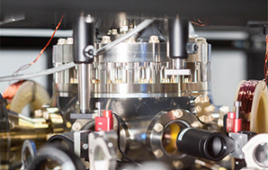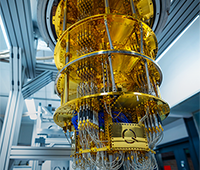HPC Spurs Innovative Solutions for Auto Industry
The Council on Competitiveness, in partnership with the Defense Advanced Research Projects Agency (DARPA), has released a case study highlighting the potential for high performance computing (HPC) to spur innovative solutions for the challenges facing the global auto industry and the American manufacturing sector. The report studies how HPC and computer-aided engineering is helping Ford Motor Company lead innovation in the industry.
“HPC is key to delivering on our overall business plan; optimizing product development, creating high quality products and improving time-to-market,” said Nand K. Kochhar, Ford’s executive technical leader for global computer-aided engineering and chief engineer for global materials and standards engineering. “With advances in computing technologies, it is possible to accomplish this in a cost-effective manner.”
The report, “From Safety Performance to EcoBoost Technology: HPC Enables Innovation and Productivity at Ford Motor Company,” is one of 10 case studies to be released under the project with DARPA. The purpose of the case study series is to address the challenges facing the U.S. manufacturing sector and how the use of HPC can increase national productivity and competitiveness.
“The Ford Motor Company case study clearly demonstrates the tremendous opportunity and value that HPC can offer to companies that will improve research capabilities helping to maintain a competitive leadership position in the global marketplace,” said Council senior vice president Dr. Cynthia McIntyre, who is leading the national focus on expanding HPC.
The Council on Competitiveness’ High Performance Computing initiative is intended to stimulate and facilitate wider usage of HPC across the private sector in order to propel productivity, innovation and competitiveness.
The Council on Competitiveness is the only group of corporate CEOs, university presidents and labor leaders committed to the future prosperity of all Americans and enhanced U.S. competitiveness in the global economy through the creation of high-value economic activity in the United States.



